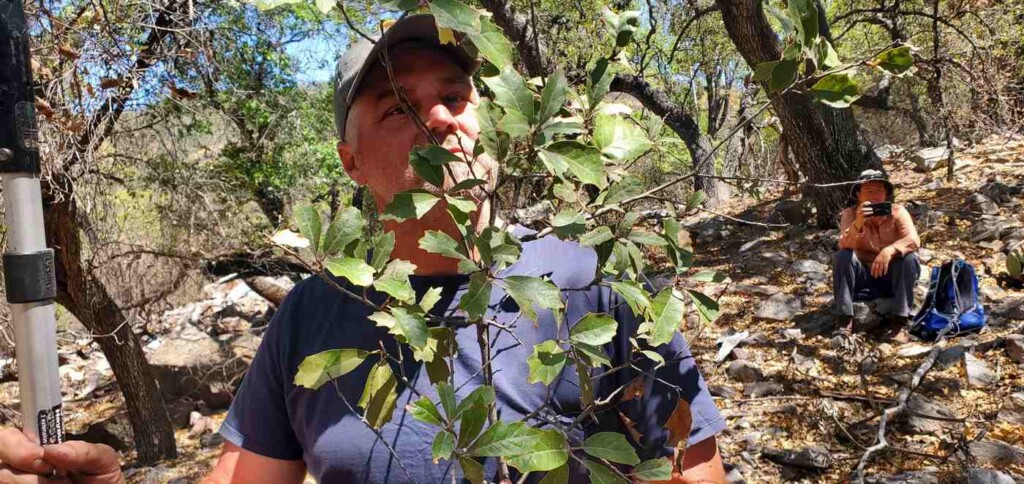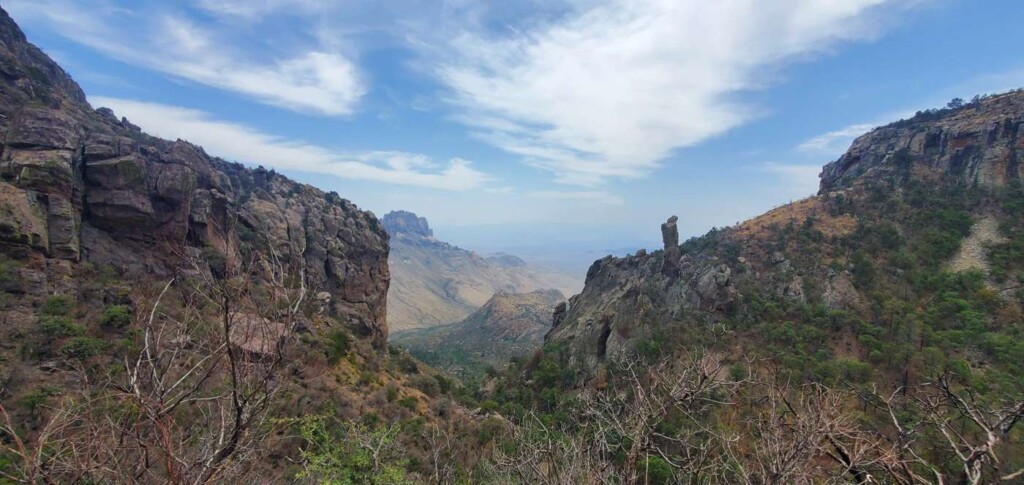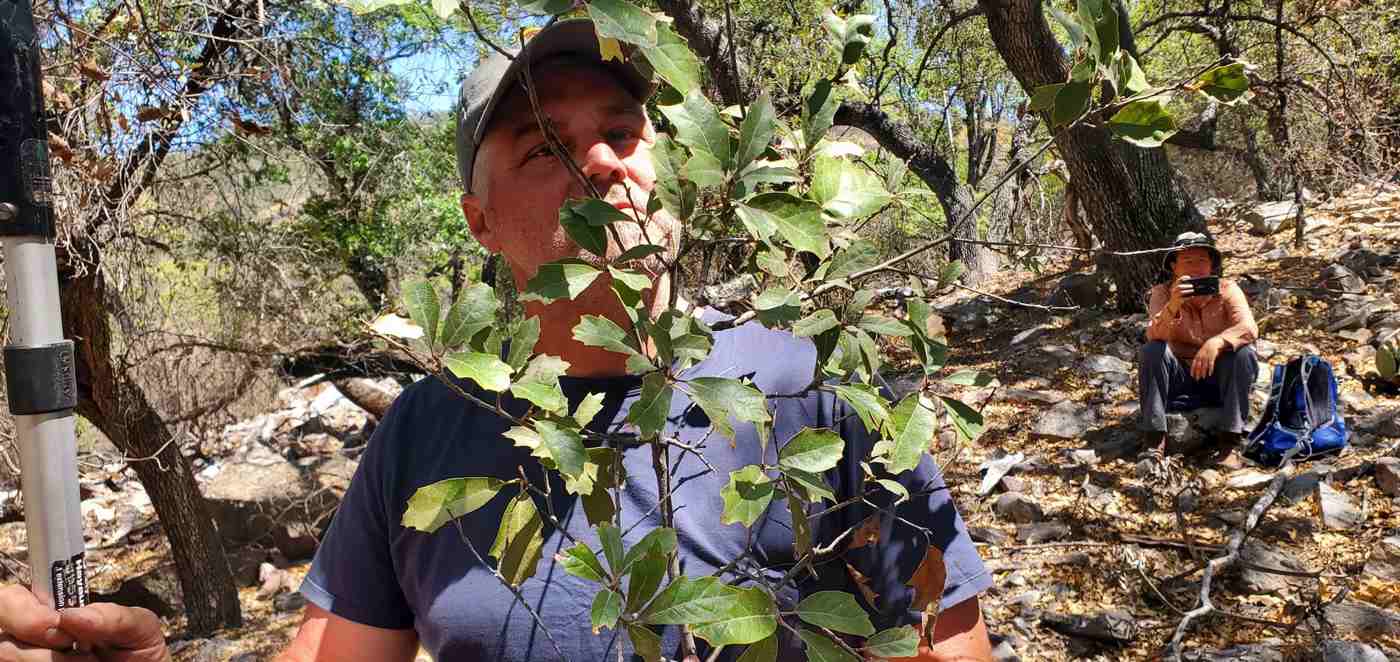
America’s national parks are more than just places of rest and relaxation or protective zones around our country’s most bizarre, unique, and delicate landscape features, they are bastions of biodiversity.
Case and point, Big Bend National Park in Texas, where a species of oak unique to the state’s western mountain ranges was rediscovered having been declared extinct for some time.
Quercus tardifolia or the late-leaf oak, is a living relic of a bygone climactic period in Texas’ history when the Lone Star State was wetter and cooler. The tardifolia keeps its leaves all winter and regrows them very late into spring.
As such, the only place it can thrive is in north-facing canyons in Big Bend National Park’s Chisos Mountains where there is plenty of shade and moisture.
Michael Eason, a scientist with the San Antonio Botanical Garden’s Rare Plants and Conservation program, went into Big Bend with a team of botanists in order to try and find a late-leaf oak.
“The Tardifolia, the one that nobody could ever find, was sort of a—I wouldn’t say a missing link—but we were trying to figure out ‘where does this sit?’” Eason told NPR.
OTHER TEXAS TALES: Texas Lists Two Critical Pollinator Flowers as Endangered Species, Practically Guaranteeing Milkweed Recovery
Getting a hold of some leaf samples in a location called Boot Canyon, Eason sent them to the Morton Arboretum to be analyzed. When the microscopy results came back, it confirmed Eason’s suspicions that Quercus tardifolia was still out there.

Fanning out along the slopes of Boot Canyon, Eason and his team were able to locate two of these supposedly extinct oaks, take off some branches, and graft them onto oak rootstock back at the San Antonio Botanical Garden.
“It’s definitely a highlight of the career finding something that was presumed extinct,” he said. “There’s definitely elation when we found it that first day, I was pretty emotional. I don’t think anyone thought that we would find two, and I don’t think anyone ever thought that we would be looking at other populations on private land.”
MORE SPECIES RECOVERIES: After 20 Years He Finally Spotted the Elusive North American Butterfly Beauty in a Nearby Bog
Other individuals were found in canyons on privately-owned ranch land in the surrounding area.
Eason now has quite a few oaks in his greenhouse and is shipping seedlings to botanic gardens across the country in order to preserve the species.
SHARE This Good Texas Story About Bringing Species Back From The Brink…




















